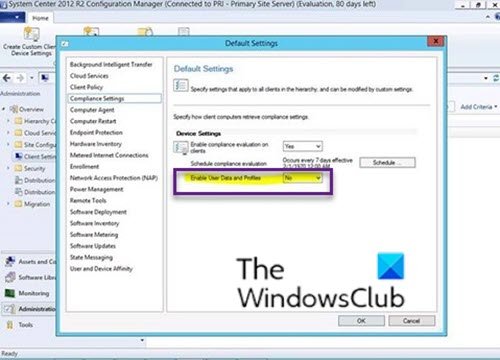In today’s post, we will attempt to resolve the issue of computers running Windows 8 and later versions may not apply Folder Redirection Group Policy objects (GPOs) as expected when using System Center Configuration Manager (SCCM).
For the benefit of our new readers, we will give a brief description of Folder Redirection and SCCM.
What is Folder Redirection?
In computing, and specifically in the context of Microsoft Windows operating systems, Microsoft refers to Folder Redirection when automatically re-routing I/O to and from standard folders (directories) to use storage elsewhere on a network.
It is often used in an office network environment, to ensure that users do not store data locally, when a network device is the preferred storage location. Folder Redirection allows saving data regardless of storage location and separates user data from profile data decreasing the time required to log on.
Folder redirection is configured by applying a Group Policy. Windows Server has several settings that allow you to redirect user folders that would normally be contained in your profile to server-based folders. These settings are contained in the User Setting\Administrator Templates\System\Folder Redirection section of the Group Policy. You must be on the domain controller to enable these settings.
Common folders that can be redirected are as follows:
- My Documents
- Favorites
- Start Menu
- Desktop
- Application Data.
These are the most common but there may be others you want to redirect. There are normally two settings – Basic and Advanced.
- Basic: This setting applies the folder redirection to all users to whom the Group Policy applies.
- Advanced: This setting applies to select users and can apply different settings to different user groups.
These folders are normally contained in your profile. They can become very large and take a long time to load when you log on. By redirecting them, you place a pointer in your profile that points to the folder where this information is located. The pointer is not very large and does not change, so your profile remains smaller.
What is System Center Configuration Manager (SCCM)?
SCCM is a software management suite provided by Microsoft that allows users to manage a large number of Windows-based computers. SCCM features a remote control, patch management, operating system deployment, network protection, and other various services.
Users of SCCM can integrate with Microsoft Intune, allowing them to manage computers connected to a business, or corporate, network. SCCM allows users to manage computers running the Windows or macOS, servers using the Linux or Unix, and even mobile devices running the Windows, iOS, and Android operating systems.
Folder Redirection Group Policy not applied when using SCCM

This issue can occur if the computers are domain clients and are managed by Microsoft System Center 2012 Configuration Manager Service Pack 1 (ConfigMgr 2012 SP1) or later.
To work around this issue, disable the Enable User Data and Profiles device setting in the System Center 2012 Configuration Manager console.
You can refer to this Microsoft Documentation for more information.
I hope this helps!